The Riviera Maya has been delighting tourists from all over the world for decades, even through the most turbulent times in Mexico’s recent history. It seemed as if nothing was capable of having a lasting negative effect on tourism in this southeastern corner of the country.
That was until 12 years ago when the first sargassum began to wash up on this once-pristine coastline in large amounts.
Each year throughout the 2010s, the situation continued to get steadily worse. With that being said, it was, for the most part, manageable.
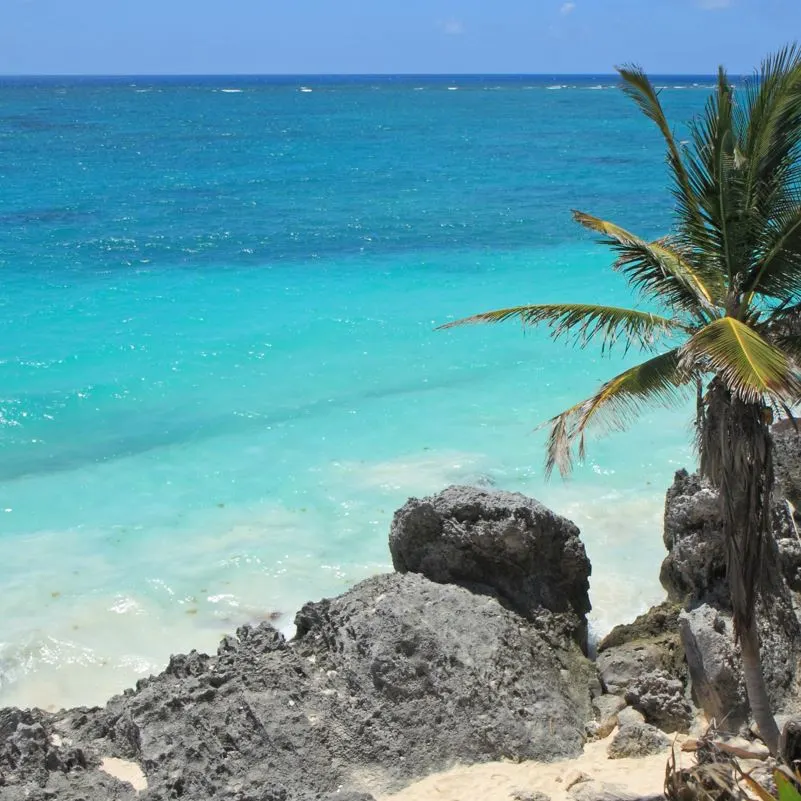
Then in a saddening twist for both travelers and the tourism industry as a whole, after the relaxation of COVID-19 restrictions and the return of normality, sargassum has grown into its own form of travel crisis.
But, despite the conflicting news and 180° turns in sargassum forecasts, the future does look brighter.
Forecast Confusion
The elephant in the room to address is the current state of sargassum forecasting.
For the Riviera Maya, these forecasts are made by the Mexican Navy, as well as some smaller NGOs as well as American University researchers who all play an active role in the prediction and control of sargassum levels.
And while they use high-tech monitoring equipment, satellites, and human eyes to monitor the movement and levels of sargassum heading for the Riviera Maya, they come under fire for less than accurate forecasts.
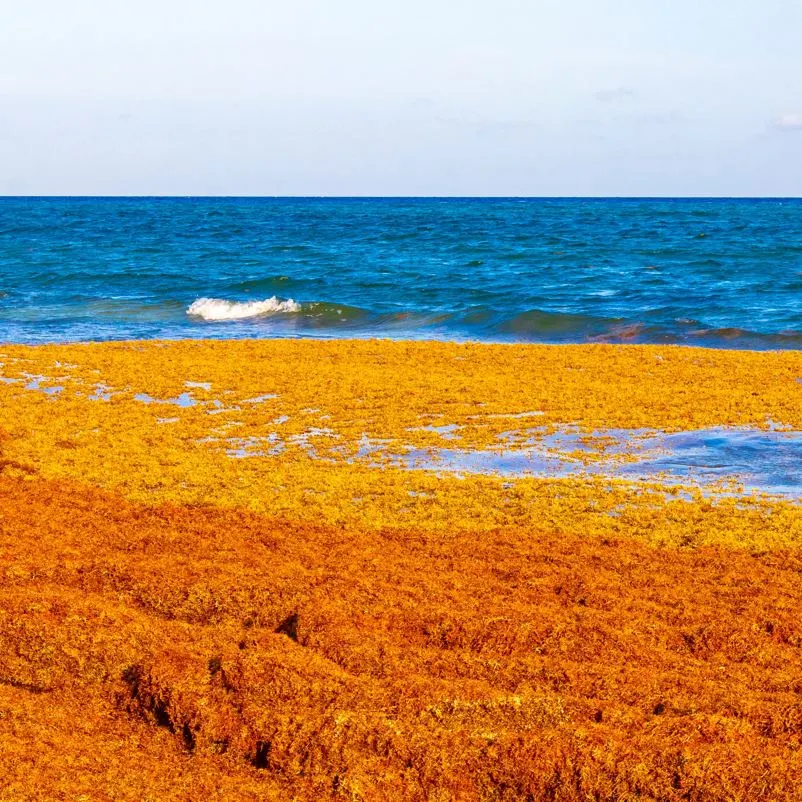
Unfortunately, unlike predicting the weather, the predictions for sargassum levels and movement have to contend with a certifiable wildcard – The Caribbean Sea.
Any mildly experienced sailor of the open water can confirm one thing, no matter how calm or predictable the current conditions are, it can all change in a matter of minutes.
Sargassum forecasts play an important role, but they are prone to quick and unavoidable changes in sea conditions, and travelers shouldn’t be too surprised if a forecasted sargassum-free day doesn’t materialize.
Top 5 Travel Insurance Plans For 2023 Starting At $10 Per Week
Easily Earn Points For Free Travel
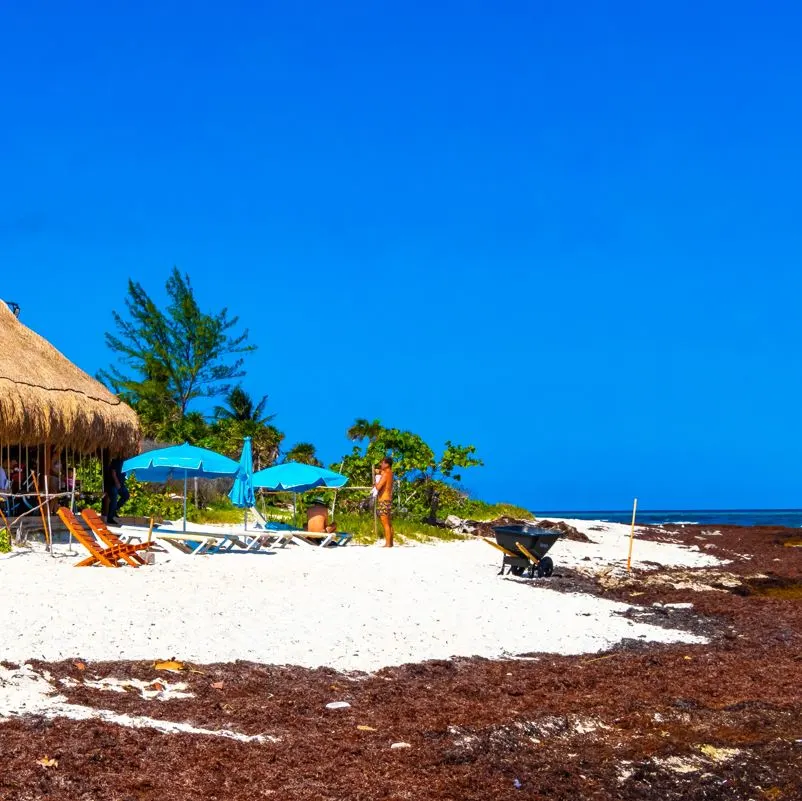
An Uphill Battle
Although the sargassum issue is persisting, it’s important to recognize that it would be undeniably worse had the governments and hospitality industry in the Riviera Maya not acted early.
Currently, many of the beaches that receive sargassum, especially those that are part of private resort stretches of beach, are quickly cleaned up and usable the same day the sargassum lands.
This feat wouldn’t be possible without the tireless work of the Mexican Navy at sea, who construct sargassum barriers and use specially altered vessels to dragnet the heaviest patches back out to sea before making landfall.
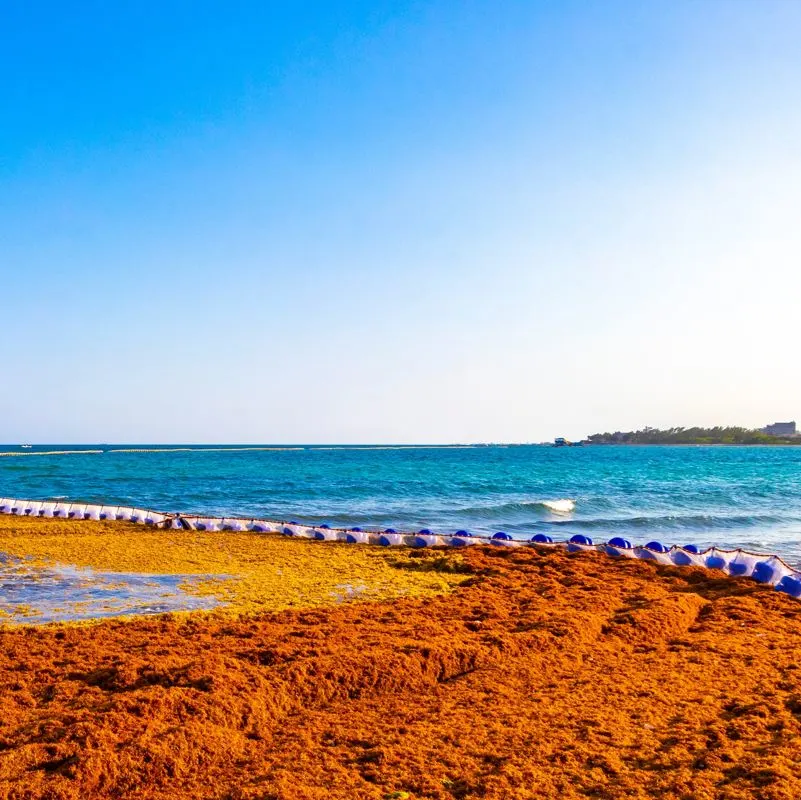
No one denies that sargassum has become an unwanted headache in the Riviera Maya, but what travelers see arrive on the beaches is barely a needle in the haystack of the sargassum at sea.
The latest stats for the sargassum patch, as reported by NPR, is that it now measures 5,500 miles long and contains a difficult-to-comprehend 10 million tons of sargassum.
To put that into perspective, the total length of the Atlantic sargassum patch is now almost 2 times wider than the contiguous United States.
Furthermore, the low season of sargassum, when the mass shrinks to its smallest, is now larger than the high season was 5-6 years ago.
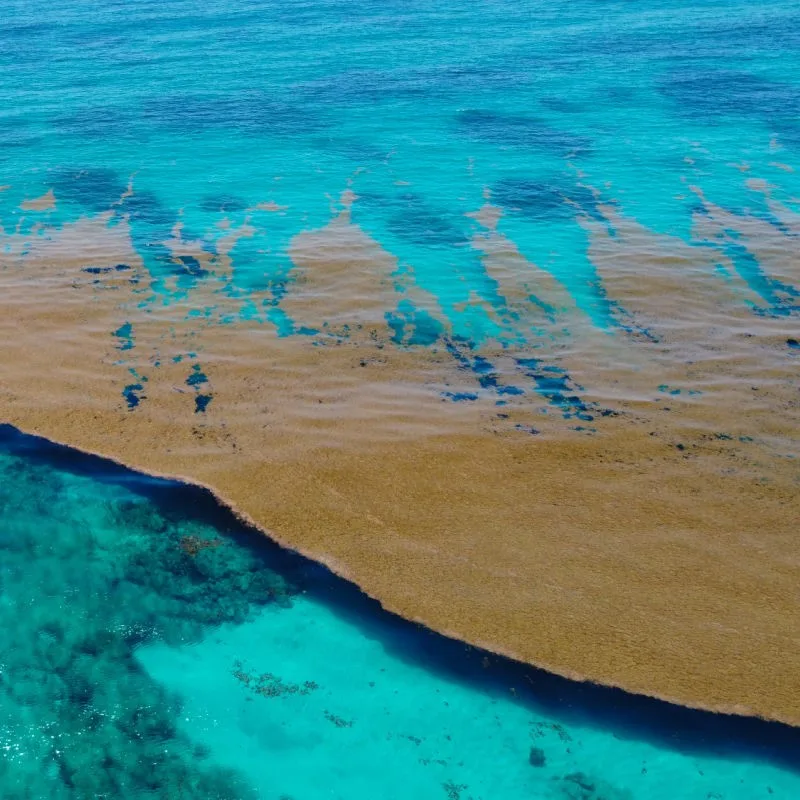
Will This Ever End?
The outlook for the Atlantic sargassum patch is that it will continue growing each year.
Unfortunately, human actions have played a starring role in this, with the Amazon basin believed to be one of the biggest factors due to agricultural run-off leaching into the Atlantic and acting like fertilizer for the patch.
But as far as the Riviera Maya is concerned, a corner has been turned. Despite the huge increase in sargassum at sea, the actions already in place have stabilized the amount making landfall.
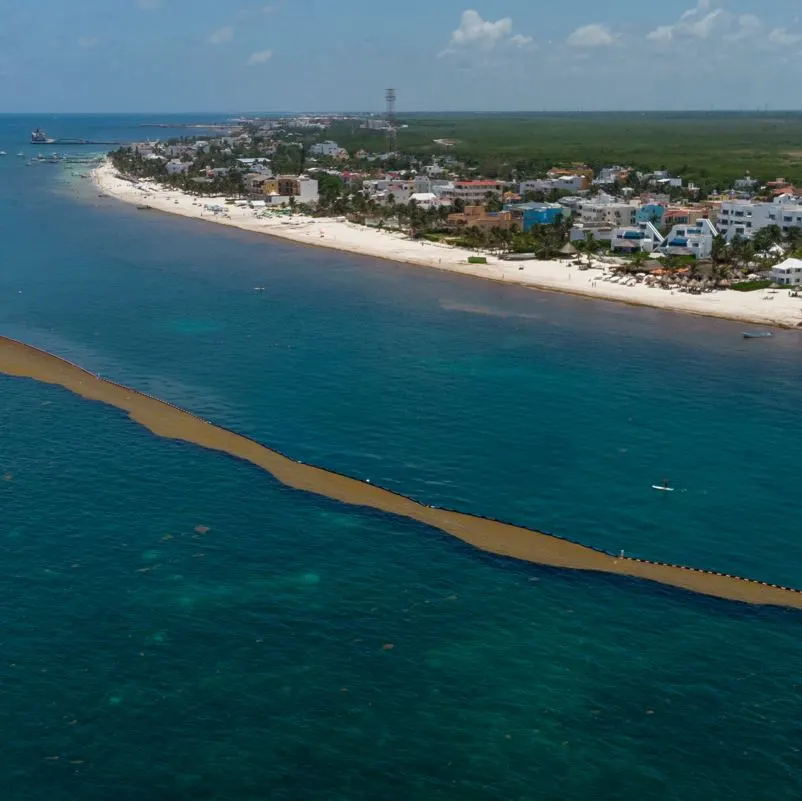
This is a real victory considering what the destination has been up against.
Like any battle, you have to first stop the advance of your opposition before you can drive them back.
This is only the first step in what’s to come. As more barriers are erected and better forecasting methods are developed, the efforts at sea will become more successful.
On top of this, discussions are ongoing with the islands in the Caribbean, as well as the state of Florida, on how to fix this situation.
All these destinations are suffering from this unwelcome addition to the yearly cycle, and all will play a part in a bigger fix in the future.
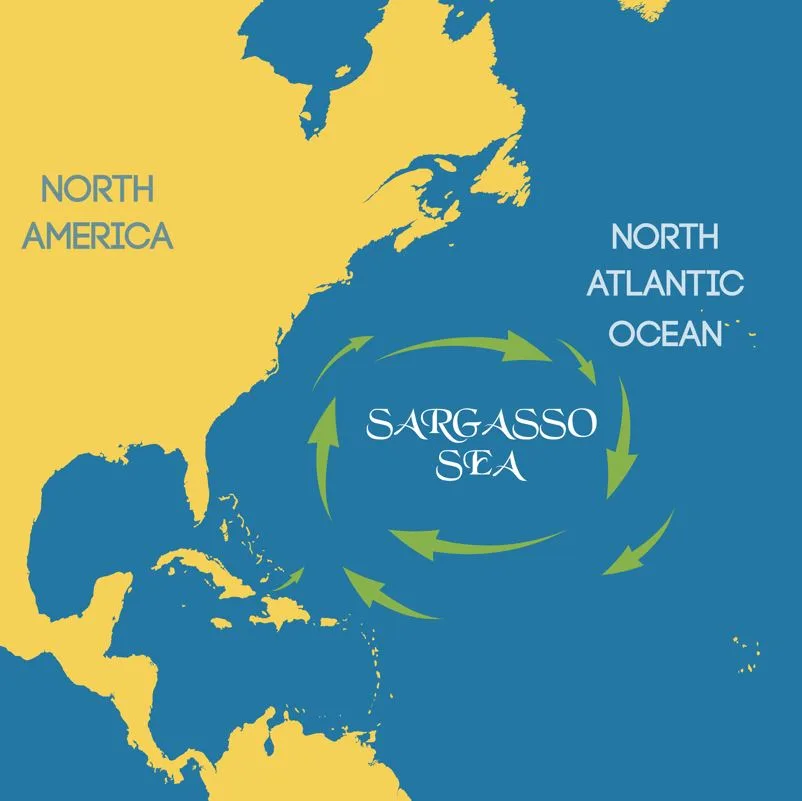
A Perfect Beach Vacation Still Exists Here
Travelers now more than ever need to choose their resort carefully.
Many of the Riviera Mayas resorts have employed teams of sargassum cleaners who work fast to return the sand to its historically pristine conditions. Often in time for travelers finishing their breakfast.
Previous reviews from travelers can also help confirm the situation at each resort, but travelers are also encouraged to contact any potential resort directly for an update on their sargassum response.
And while many beaches in the Riviera Maya are struggling to keep up, others often get missed by sargassum completely thanks to natural geography.
Cancun and the Riviera Maya is still the number 1 foreign destination for American travelers, and with a little bit of flexibility, travelers can still enjoy the perfect beach vacation.
Plan Your Next Cancun Vacation:
Traveler Alert: Don’t Forget Travel Insurance For Your Next Trip!
Choose From Thousands of Cancun and Riviera Maya Hotels, Resorts and Hostels with Free Cancellation On Most Properties
↓ Join the community ↓
The Cancun Sun Community FB group has all the latest travel news, conversations and tourism Q&A’s for the Mexican Caribbean

Subscribe to our Latest Posts
Enter your email address to subscribe to The Cancun Sun’s latest breaking news affecting travelers, straight to your inbox.

Robert Lapuck
Wednesday 7th of June 2023
Absolutely beautiful beaches ! No seaweed on the beaches